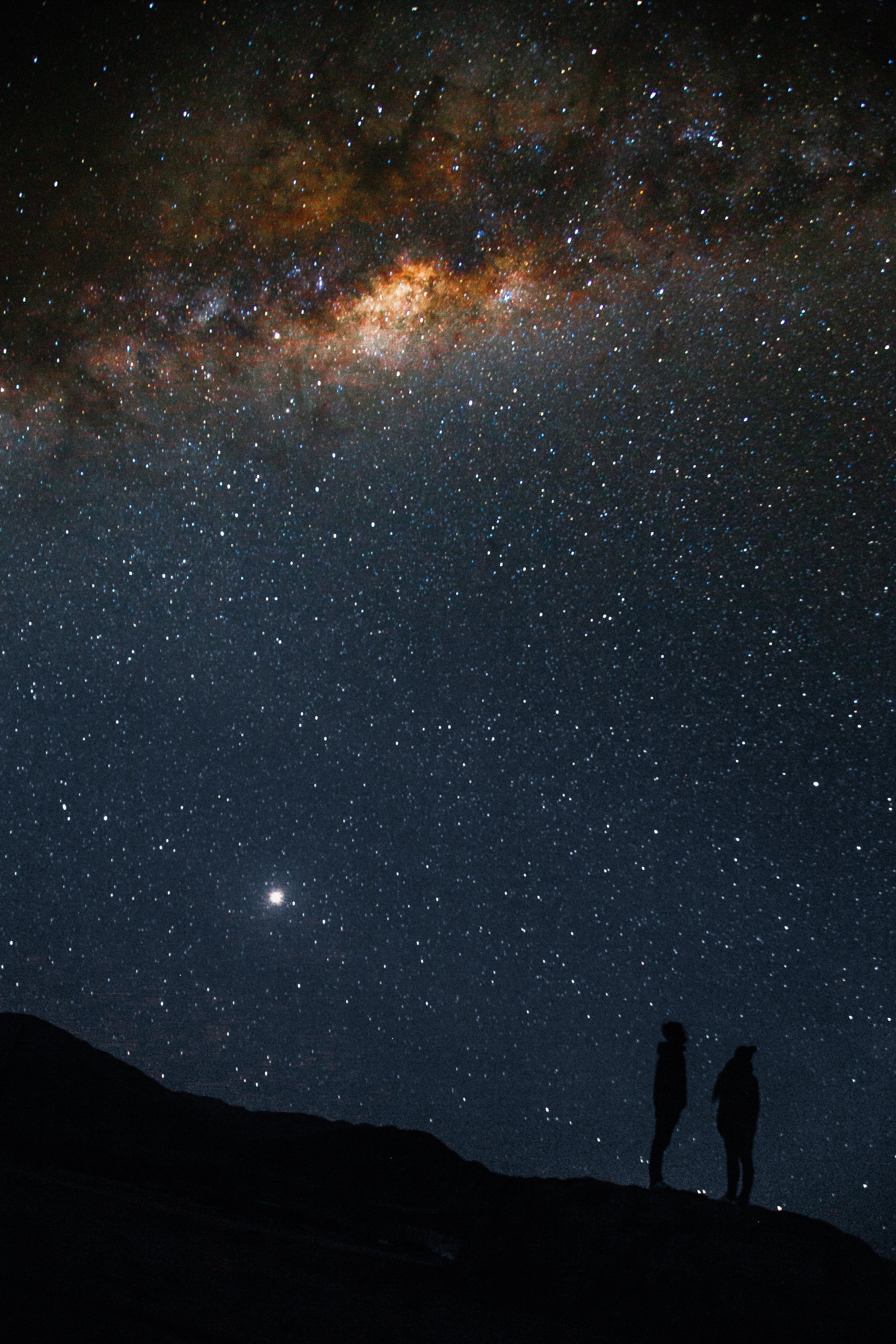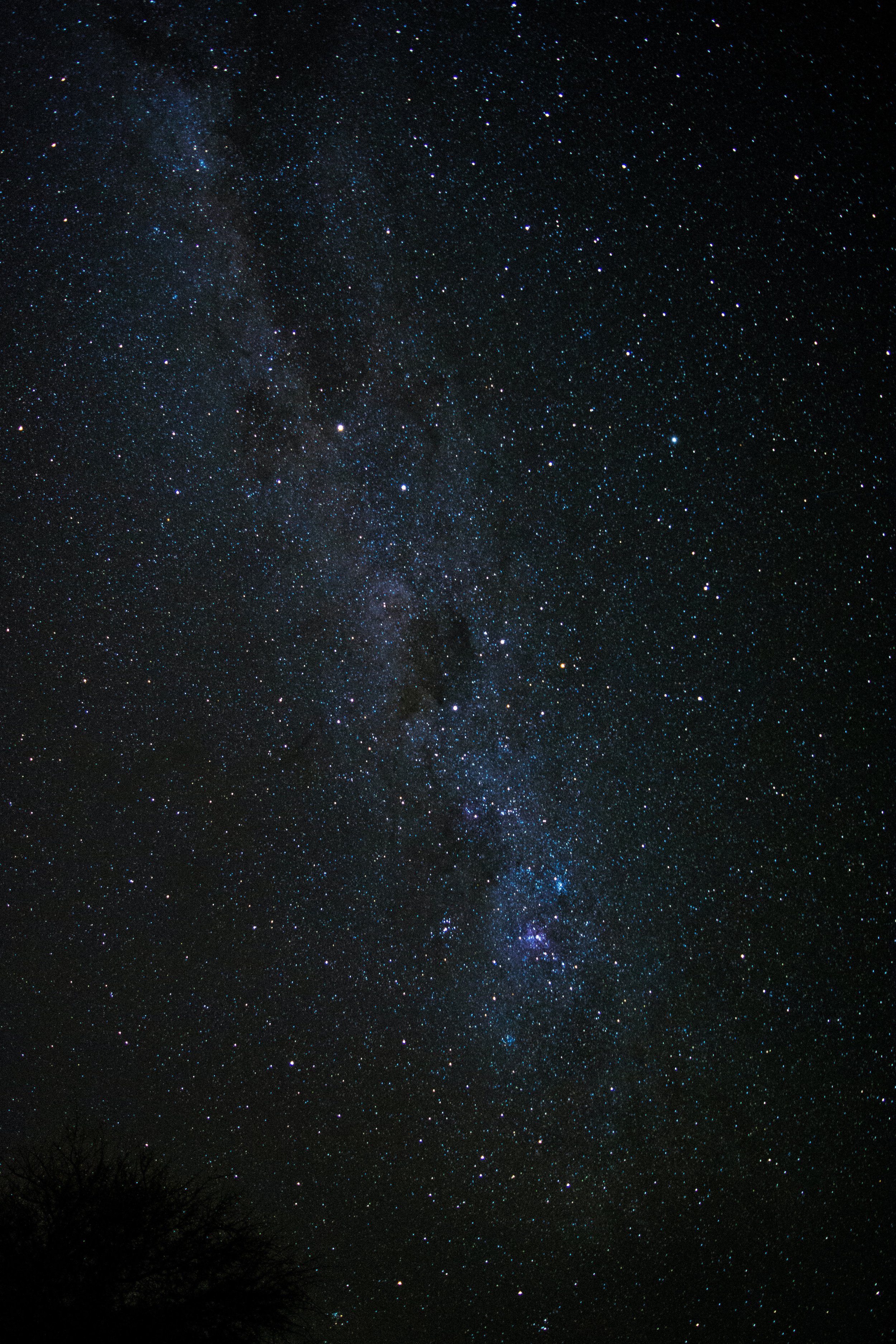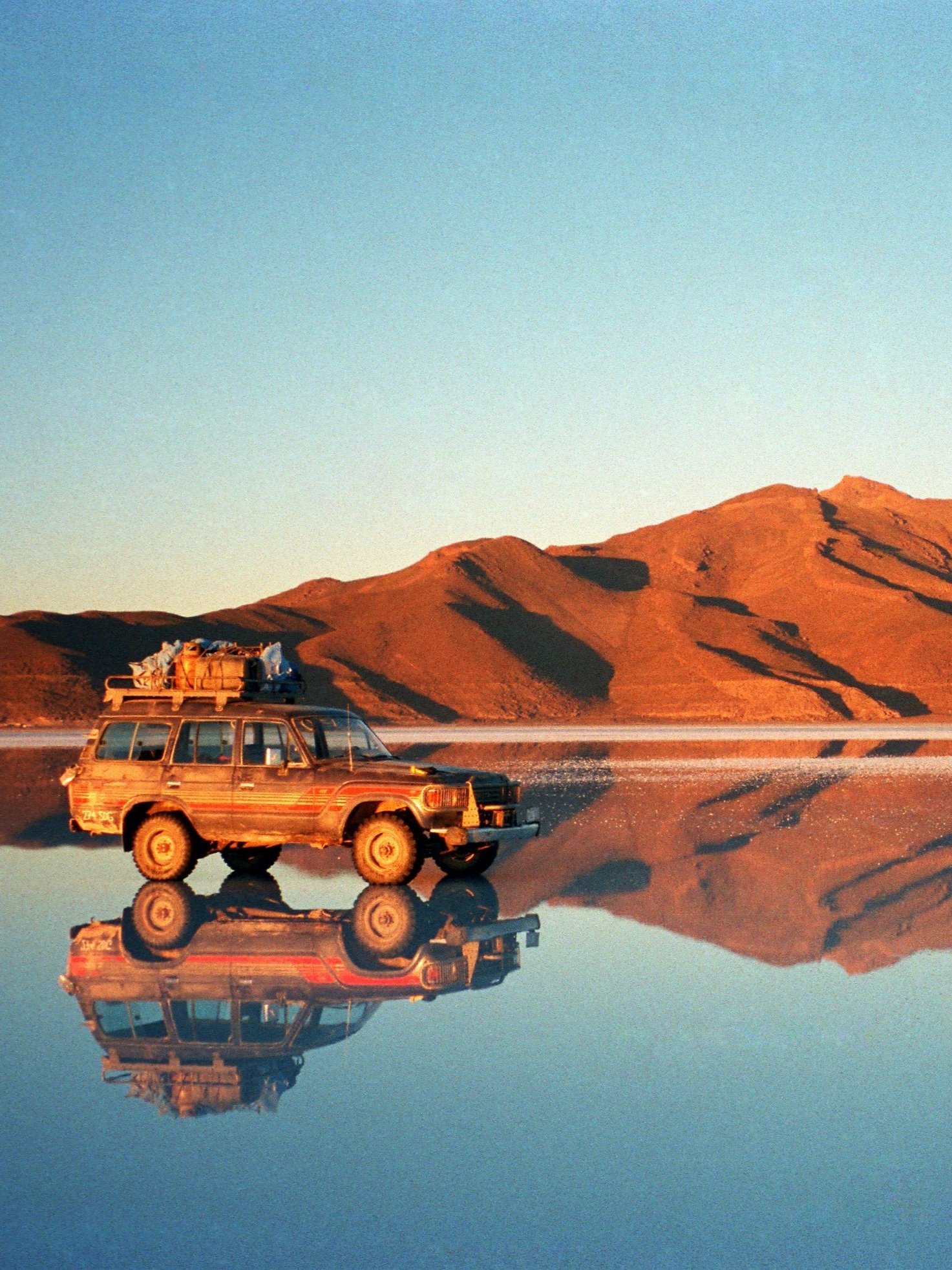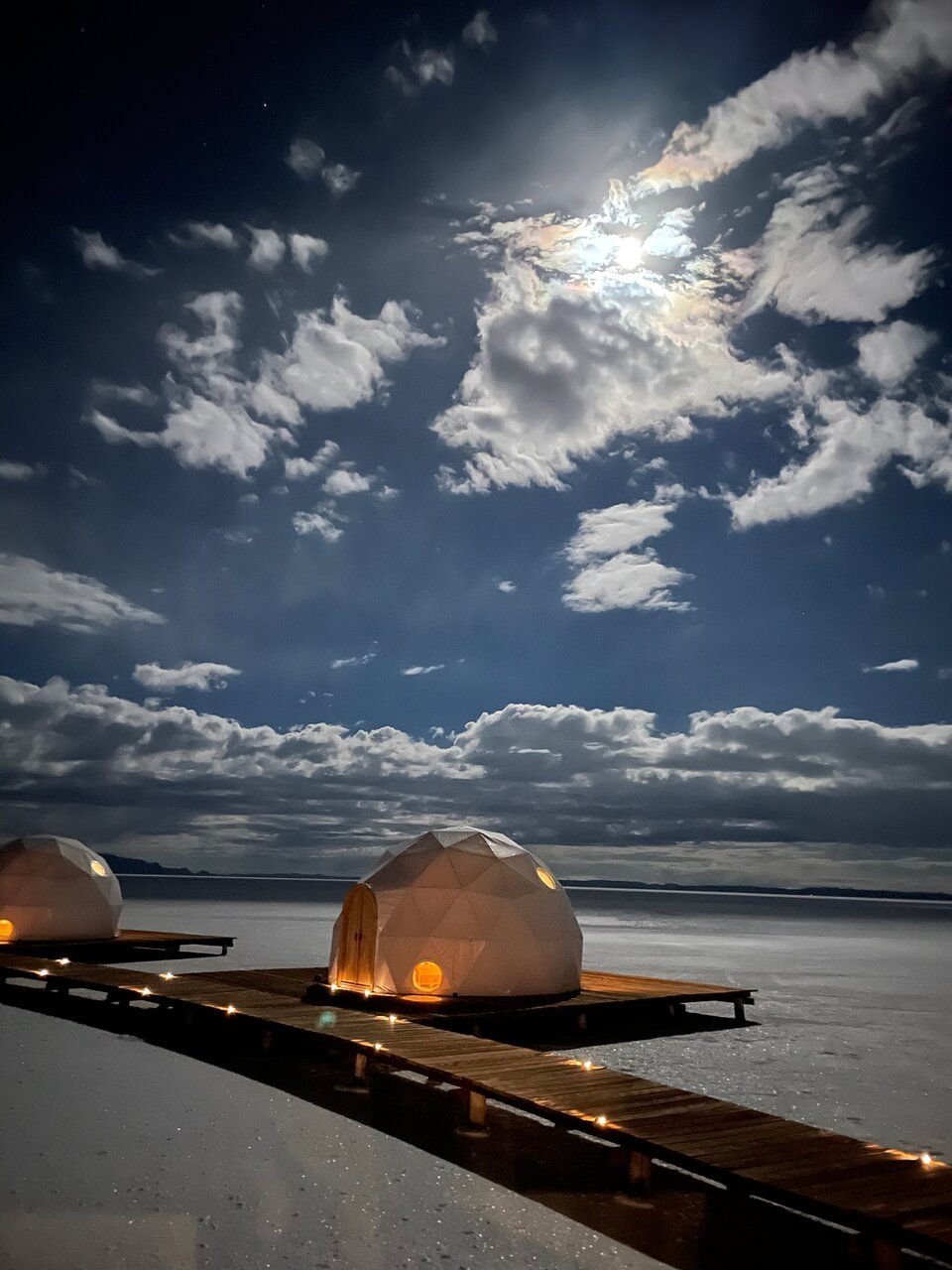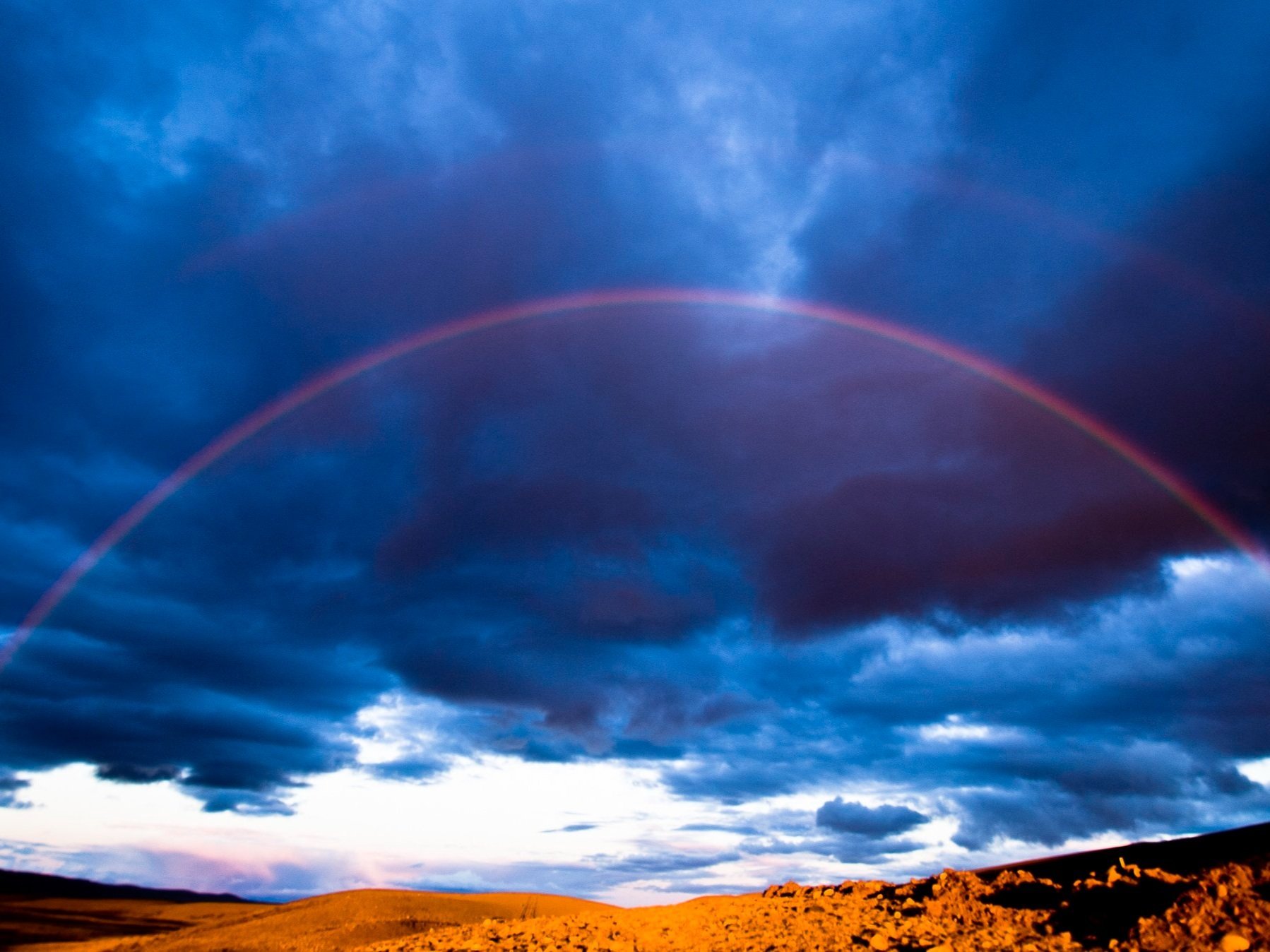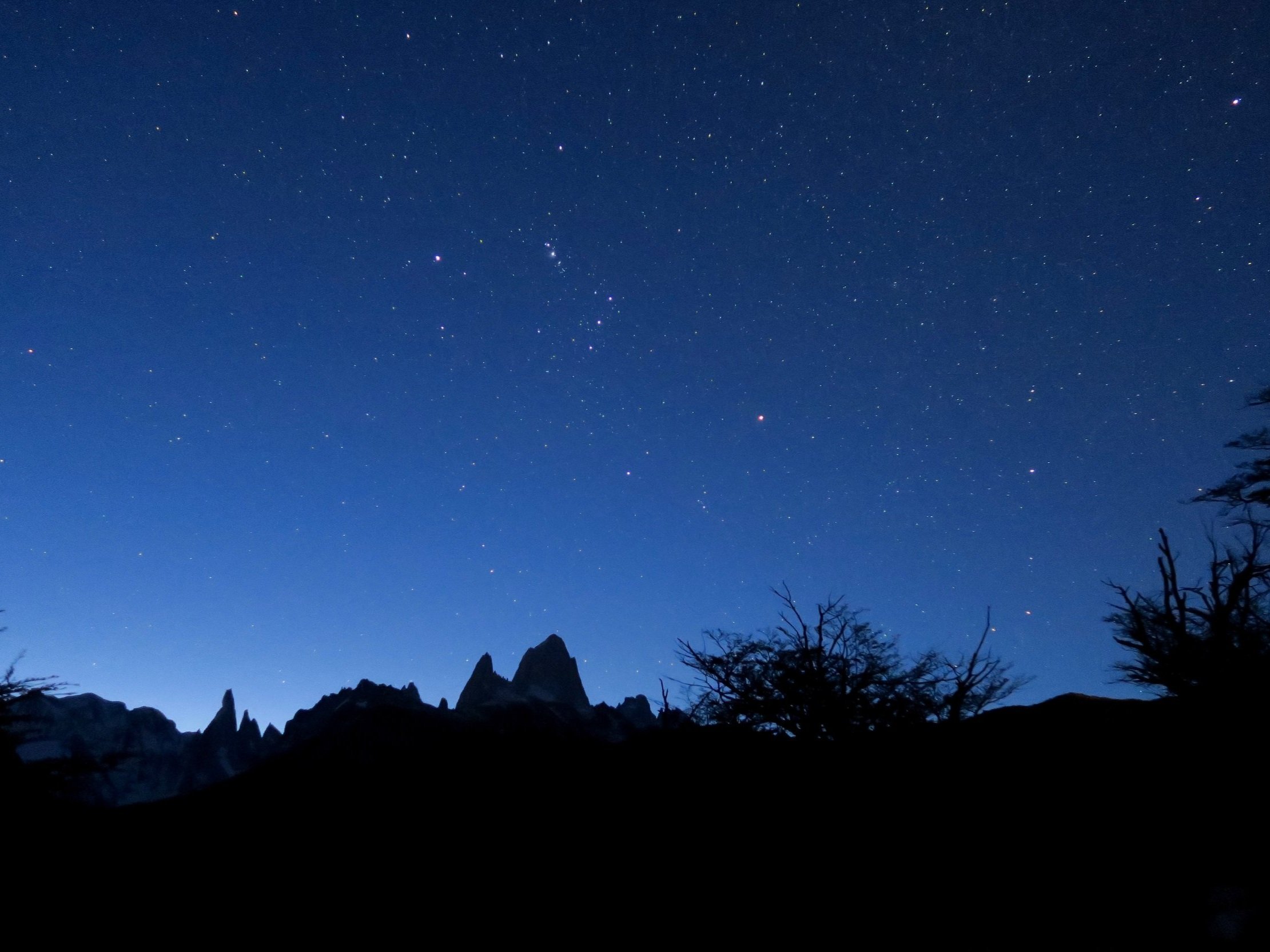South America, a Continent of Stars
South America, a Continent of Stars
Words by Dana Ter
Photos by Greg Rakozy, Maarten Verstraete, Alain Bonnardeaux, Raphael Nogueira, Boyan Lepoev, Matan Levanon, Kachi Lodge, Karla Villaizan & Eolo Patagonia.
There’s nothing but an endless stretch of wilderness lit up by a fiery night sky, sometimes orange, other times purple. Stars dash across the sky, forming a band around the earth. You’re transported to ancient times when the Incans ruled and the shapeshifting constellations are illuminating and enlightening. They form toads, foxes and llamas, providing wisdom and direction.
In tangent with slow travel and immersive nature trips, Astro-tourism is picking up pace and Latin America is one of the best places to stargaze. On this celestial journey, we traverse the red desert of northern Chile to Bolivia’s reflective salt flats and Peru’s mystical lakes, then fly south to the glacial peaks of Argentine Patagonia.
When is the best time to go stargazing? In South America, it’s year-round, though winter – June to August – has the clearest night skies. With remote expanses and no light pollution, the continent enjoys cloudless skies. Constellations such as the Southern Cross are not visible from the north of the equator, making for a most bewitching stargazing experience.
Atacama Desert, Chile - Best stargazing spot in the world
The driest, non-polar desert in the world, the Atacama Desert by the north coast of Chile morphs from Mars-like craters to whitish earth pockmarked with patches of yellow grass and backed by the ever-present snow-capped Andes. Its unusual combination of high altitude and low humidity means it is undoubtedly one of the world’s best stargazing locations. It’s never a question of when to stargaze as the desert enjoys more than 200 cloudless nights a year, making it a year-round spot for Chile stargazing, though the winter months are the clearest.
San Pedro de Atacama is the nearest town and from here, tours depart for saltwater lagoons, geysers and hot springs. One of the most majestic sights is the Valle de la Luna or Moon Valley, its jagged red rock formations distinctly carved by wind and water and the sprinkling of white salt deposits giving it a lunar landscape. We’ll lodge at the Nayara Alto Atacama, a luxury hotel in the desert with a telescope atop a hill for stargazing.
As the last embers of day recede, the desert becomes another universe – the temperature dips and the moon rises, bringing with it a dreamlike star-scape. On Saturdays, observatories open to a small group of guests and with a guide, while gazing at the Milky Way atop the craters, we’ll learn about the indigenous peoples’ relation to the stars, how it informed their agricultural practices and the symbolic significance of constellations.
Salar de Uyuni, Bolivia - Site for reflection
The largest salt flat in the world, Salar de Uyuni spans 10,000 square km and sits at an altitude of over 3,600 meters. Its crystal-clear reflective properties give the illusion of being in the heavens and it’s for this reason that travelers come to the salt flat – to walk in the clouds. Created during prehistoric times when several lakes evaporated, each crack, marked by glistening salt crystals, tells a story. In the summer, it’s also a breeding ground for rare flamingoes. Salar de Uyuni is also a stellar stargazing location. At night, the sky reflects on the glossy surface, transforming the area into a luminescent purple globe tinged with silver.
We’ll stay at the eco-friendly luxury dwelling, Kachi Lodge which centers around providing guests with a pampering stargazing experience. It’s comprised of a collection of eight heated domes on wooden planks spread across the flat and outfitted with comfy rugs and colorful Bolivian artwork. The beds in each dome are positioned optimally for stargazing so you won’t have to step outside.
The lodge also has expert on-site astronomical guides to inform guests about Andean cosmology and constellations – and nothing beats being out in the arid landscape and feeling the cold night air on your face as you take in the cosmos.
Lago Titicaca, Peru - spiritual connections
In Peru, stargazing is not just about admiring the wondrous galaxy, but it’s also about forming a deeper, spiritual connection. Astronomy was integral to Incan life, as each star and constellation had both symbolic and practical purposes. The Incans build pillars on hills so that when the sun rose and set, they knew where to plant crops, and cities such as Cusco were built to mimic the network of stars in the sky.
A truly spiritual place is Lake Titicaca in the Andean highlands on the Bolivian border. Its surroundings were inhabited as early as 3,000 years ago and today, it remains a confluence of Aymara and Quechua cultures. Thousands-of-years-old Inca ruins remain intact, interspersed with the many manmade islands. Though remote, it’s a popular spot for those seeking nature. Hike, cycle or take a boat tour by day, and as the sun sets, have a pisco sour and wait for the Milky Way to unveil itself. On clear nights, especially in the winter months of June and July, the night view over the lake is spectacular.
Patagonia Argentina - Stargazing at the bottom of the Earth
Adventurers come to the southernmost land for glacial hikes and pristine forests so it’s no surprise that this cold, picturesque region also offers unspoiled views of the Milky Way. The frontier town of El Calafate in Argentina, known as the gateway to the iconic and mammoth glacial blocks of Perito Moreno Glacier, is also a meeting point for stargazing excursions led by professional astronomers.
We’ll stay at Eolo, a hotel with the air of a luxury ranch with rooms that look into the endless, moody steppe. Built on land where the first creole and European immigrants settled, there’s nothing but 360-degree views of the snowcapped Andes. By day, we’ll explore the property’s 10,000 acres on horseback or mountain bike. Come nightfall, the landscape metamorphoses into a magical spectacle – twinkling lights bounce off the jagged white peaks. In winter, as the temperature dips below zero degrees Celsius, the Southern Lights appear, forming a sparkling whorl above the Andes like a portal to another world.
South America has long evoked grand dreams in travelers and the continent’s immense and diverse nature does not disappoint – and stargazing opens up new realms. From the moon-like valleys of northern Chile to Patagonia’s glacial peaks, the night sky is calling.


